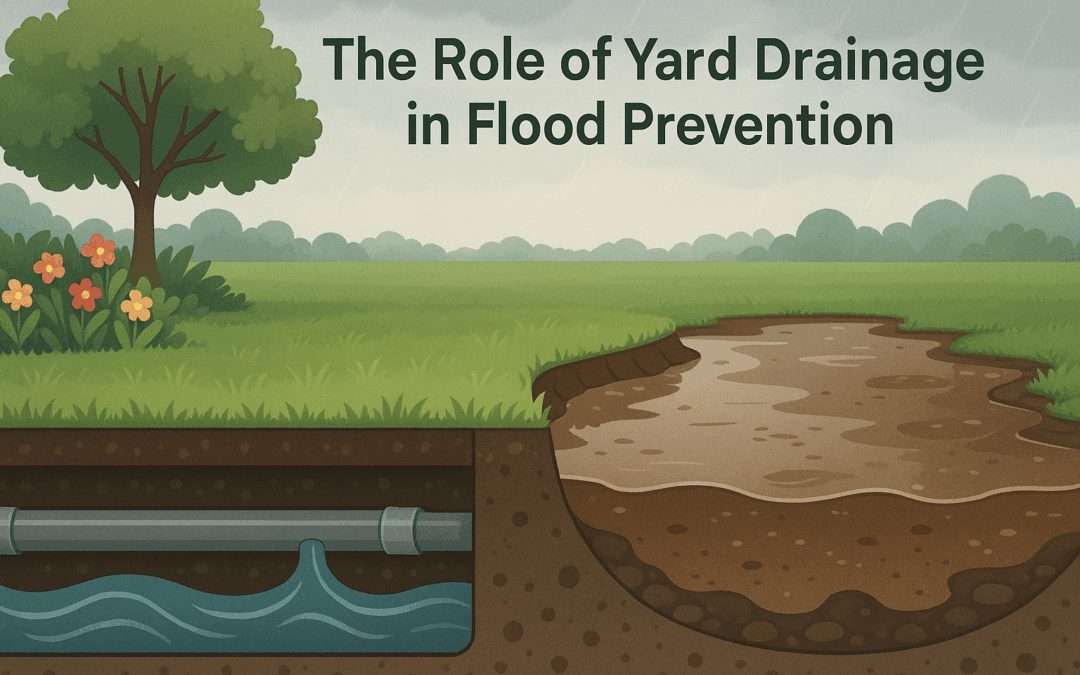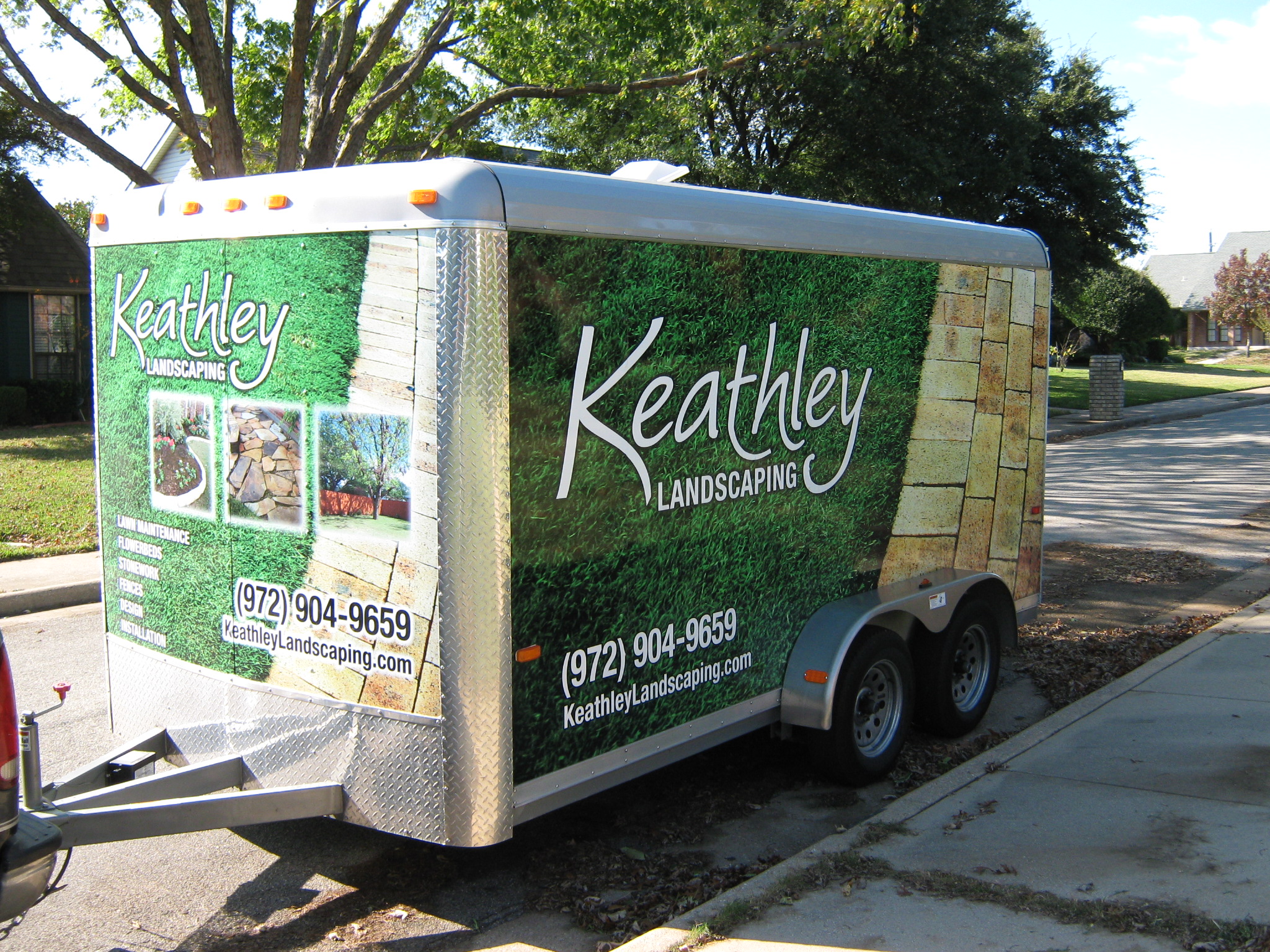The Role of Yard Drainage in Flood Prevention 🌧️
Living in an area prone to heavy rain or unexpected downpours can be stressful, especially when your beautiful yard transforms into a miniature lake. But there’s hope! Effective yard drainage is your secret weapon against flooding. Let’s dive into how you can protect your yard and home with smart drainage solutions.
Table of Contents
1. Understanding Yard Drainage
2. Types of Yard Drainage Systems
3. Benefits of Proper Yard Drainage
4. Tips for Effective Yard Drainage
5. Conclusion
6. FAQs
Understanding Yard Drainage 🌿
Yard drainage isn’t just about preventing puddles. It’s about managing water flow to protect your home and landscape from potential damage. Proper drainage ensures that water is channeled away from your house, reducing the risk of flooding and soil erosion.
Types of Yard Drainage Systems 🛠️
There are several systems you can consider, each with its unique benefits:
1. French Drains
French drains are trenches filled with gravel or rock containing a perforated pipe that redirects surface water and groundwater away from an area. They’re perfect for areas with heavy rainfall.
2. Surface Drains
These are visible drains that collect and redirect water away from critical areas. They’re effective for managing large volumes of water quickly.
3. Dry Wells
Dry wells are underground structures that collect runoff water and allow it to percolate into the ground slowly. They’re ideal for areas with permeable soil.
Benefits of Proper Yard Drainage 🌟
Investing in yard drainage isn’t just about avoiding floods; it offers numerous benefits:
✅ Protects your home’s foundation from water damage.
✅ Prevents soil erosion, keeping your landscape intact.
✅ Reduces mosquito breeding by eliminating standing water.
✅ Enhances the aesthetic appeal of your yard by preventing muddy patches.
Tips for Effective Yard Drainage 🏡
Here’s how you can ensure your yard drainage system is up to the task:
1. **Regular Maintenance**: Keep drains clear of debris to ensure water flows freely.
2. **Professional Assessment**: Consider hiring a professional to evaluate your yard’s drainage needs.
3. **Landscape Smartly**: Use plants and shrubs that can help absorb excess water.
4. **Use Rain Barrels**: Collect rainwater from gutters to reduce runoff and reuse it for gardening.
Conclusion 🌈
Yard drainage is a crucial element in safeguarding your home and maintaining a beautiful landscape. By understanding the different drainage systems and their benefits, you can make informed decisions that will keep your property safe and attractive, even during the heaviest rains.
FAQs 🤔
1. How can I tell if my yard has poor drainage?
Look for signs like standing water after rain, muddy patches, or water stains on your home’s foundation.
2. Can I install a drainage system myself?
While some systems like simple surface drains can be DIY projects, more complex systems like French drains may require professional installation.
3. How often should I maintain my drainage system?
Regular maintenance is key. Check your system at least twice a year, especially before and after the rainy season.
4. Are there eco-friendly drainage solutions?
Yes! Consider using rain gardens or permeable pavers that help manage water sustainably.
Effective yard drainage is more than just a necessity; it’s a proactive way to nurture a healthy and resilient outdoor space. 🌿







































Recent Comments